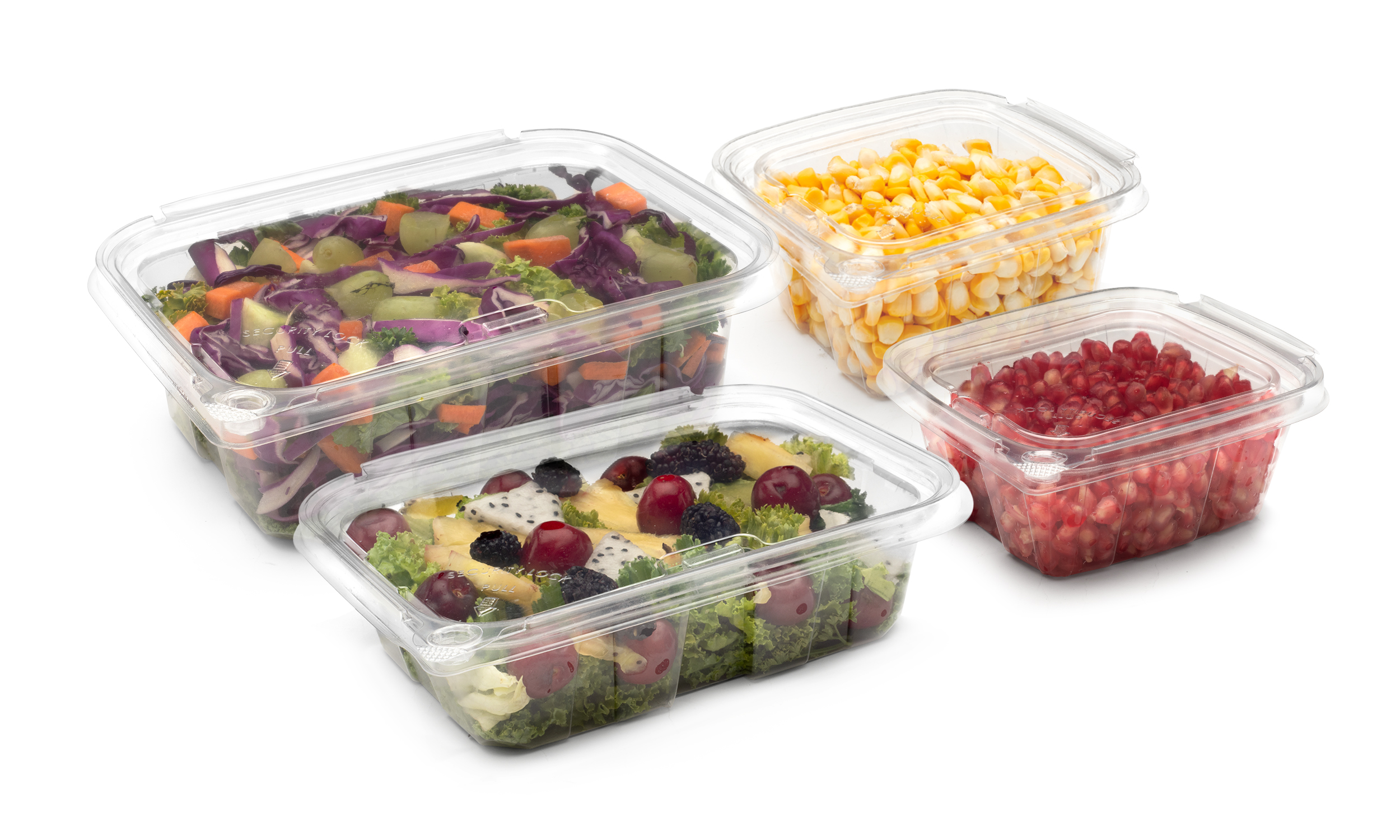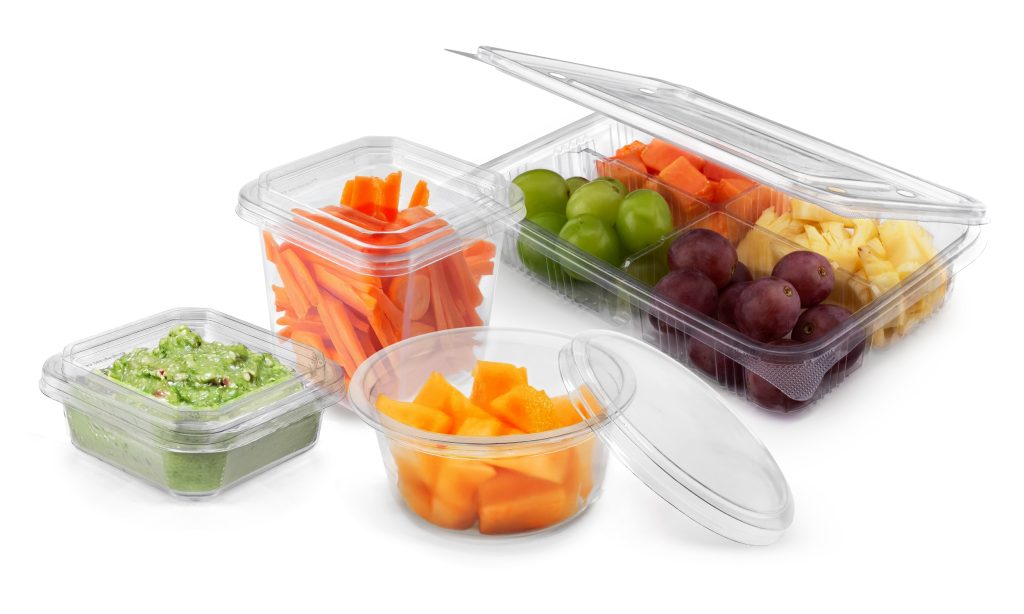
Fresh-cuts and value-added produce aren’t just trending; they are transforming produce aisles across the globe. Whether you walk into a bustling hypermarket in Mumbai, a supermarket in Madrid, or a grocery chain in New York, the sight is familiar: neatly packed melon wedges, mixed fruit medleys, chopped salad kits, and ready-to-eat veggie packs. Why? Because fresh cuts answer the call of modern lifestyles.
In India, snacking has evolved beyond traditional fare, with urban millennials reaching for pre-cut fruits as a mid-day bite. In Europe, fresh-cut produce is a go-to solution for quick lunches and balanced diets. Convenience has never been more critical. With most people juggling work, family, and life, few have the luxury of spending hours prepping meals. The average American has less than an hour to prepare and eat meals daily.
Online grocery shopping has added further fuel to this trend. Fresh-cut products remove the guesswork of ripeness and quality, and once customers discover that these products meet both their convenience and freshness needs, they rarely look back. Lastly, there’s sustainability. Fresh cuts reduce food waste by offering pre-portioned, ready-to-eat options that minimize spoilage.
Role of Packaging in the Fresh-Cut Frenzy
One of the clearest examples is tamper-evident clamshells. In produce, where customers often touch and inspect before purchase, tamper-evident packaging plays a vital role in maintaining hygiene. For ready-to-eat fruits and veggies like apple slices, diced melon, and mixed vegetable packs, these clamshells serve as a frontline defense against cross-contamination and build consumer confidence.
As Sukhdeep Sethi, Managing Director at AVI Global Plast, puts it, “The real unsung hero of fresh cuts is packaging. It makes or breaks quality, shelf life, and even trust in the product.”

Role of Shelf Life in the Fresh-Cut Fast Lane
Keeping hygroscopic produce like mushrooms, cucumbers, and bell peppers crisp and retail-ready is no easy task. “Balancing product visibility with shelf-life extension is a delicate dance, and that’s where modern packaging technologies come in,” says Sethi.
For instance, AVI Global offers MAP or Modified Atmosphere Packaging solutions to extend freshness and maintain the natural look of produce. Because in the world of fresh cuts, presentation matters as much as protection.
Fogging might seem minor, but it’s often a dealbreaker at retail. We’ve all seen condensation fog up the inside of a punnet, making products look less than fresh. AVI’s anti-fog containers solve this by keeping leafies, okra, carrots, mushrooms, and more free from fog, helping retailers reduce waste and giving consumers produce that stays fresh for 2-3 extra days at home.

Role of Convenience in the Grab-and-Go World
Today’s shoppers want fresh cuts as breakfast boosters, lunch box fillers, after-school snacks, or even quick dinner add-ons, making room for new packaging formats like square and round deli containers which hold everything—from tropical fruit mixes to dips and salsas, or chopped veggie medleys.
But beyond convenience, consumers are seeking more personalized and value-added solutions. AVI’s custom thermoforming services are helping retailers and processors launch innovative and seasonal product offerings. For instance, think packaging that includes a separate spice compartment within a fruit bowl or salad kits with dressing and toppings neatly sectioned.
What’s Next for Retailers and Processors?
As fresh cuts continue to dominate, packaging is fast becoming the backbone of the category’s success. For retailers and processors, it’s no longer just about keeping produce safe—it’s about designing the right packaging that elevates product appeal, reduces shrink, and brings value to the shelf.
“Fresh cuts are rewriting the rules of how we shop, snack, and eat,” concludes Sukhdeep Sethi. “Packaging will remain the quiet enabler—helping brands stay fresh, flexible, and future-ready.”

Freight delivery from China is dependable and efficient.
Our company offers tailored solutions for companies of any scale.
We take care of all shipping processes to make your workflow seamless.
air delivery of goods from china
With direct shipments, we ensure timely arrival of your consignments.
Clients trust our professional team and competitive rates.
Choosing us means certainty in every order.
В Telegram появилась функция звёзд.
Теперь люди могут отмечать важные сообщения.
Это позволяет быстро находить нужную переписку.
как купить звезды в телеграмм на айфоне
Функция полезна для ежедневного общения.
С её помощью легко сохранить ключевые фразы.
Такой инструмент сохраняет нервы и делает общение быстрее.
Актуальное медицинское оборудование играет ключевую роль в обследовании и поддержке пациентов.
Медицинские центры всё чаще используют передовую технику.
Это обеспечивает специалистам делать быстрые оценки.
Актуальные приборы создают безопасность и для больных, и для персонала.
https://khamlai.go.th/index.php/forum/suggestion-box/343147-i-c-s-ni-lini-i-f-ru-c-n-s-v-u-v-s-v
Внедрение высоких технологий ускоряет результативное восстановление.
Большинство устройства включают функции для точного мониторинга состояния здоровья.
Специалисты могут быстро реагировать, основываясь на данных аппаратуры.
Таким образом, современное техническое оснащение повышает эффективность медицины.
I think you have remarked some very interesting details , regards for the post.
Its like you learn my mind! You appear to know a lot approximately this, like you wrote the guide in it or something. I feel that you simply could do with some to drive the message house a little bit, but instead of that, this is excellent blog. An excellent read. I’ll definitely be back.